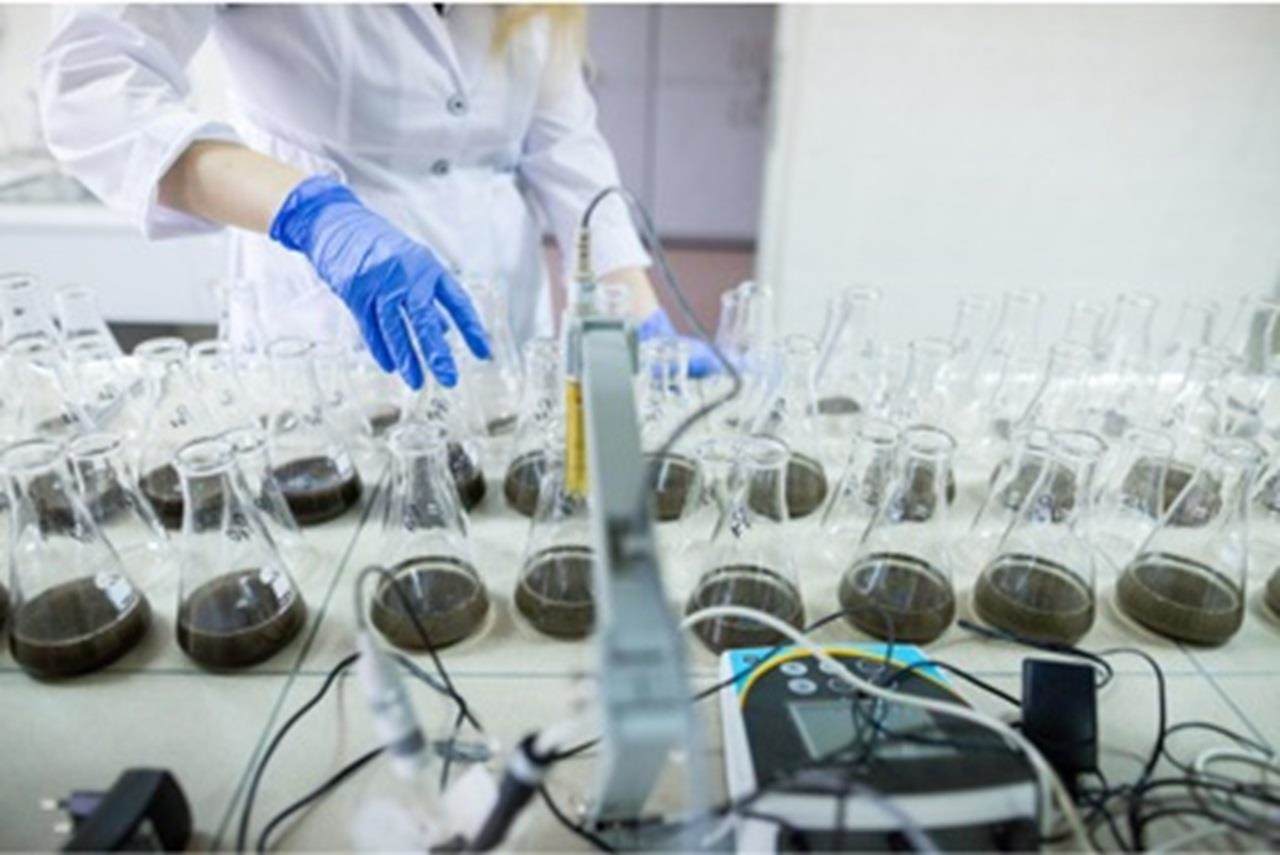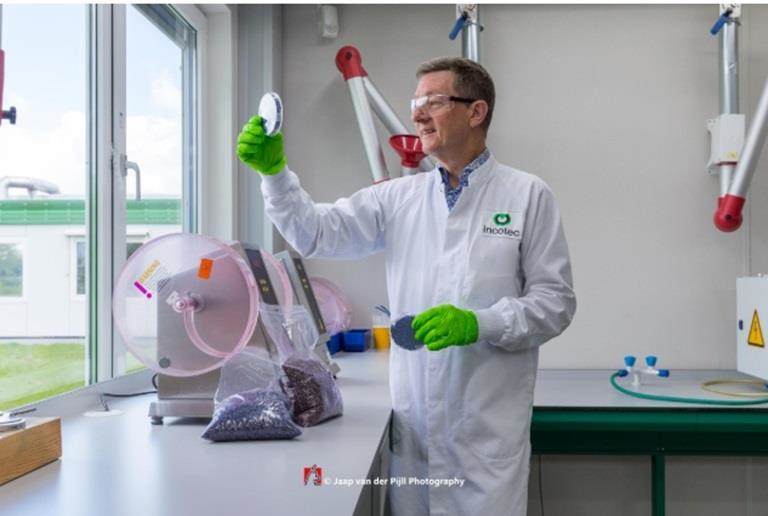Biodegradability tests for microplastics
ECHA’s definition of biodegradability testing methods is discussed in this edition of our newsletter. It also covers water-soluble polymers derogation, and the omnipresence of plastics.
CONTENTS
- What biodegradability tests are available?
- What is water-soluble polymers derogation?
- Microplastics are everywhere but are they harmful?
What biodegradability tests are available?
In December 2020, the European Chemicals Agency (ECHA) published their final opinion on proposing restrictions on intentionally added microplastics. In this document they defined biodegradability test methods for organic substances (including organic polymers). Biodegradation can occur in aerobic (in the presence of free oxygen) or anaerobic (in the absence of free oxygen) conditions. The principle is that the carbon from the polymer is absorbed by microorganisms into biomass carbon and is then either rapidly mineralised into CO2 and H2O (or CH4) or used for their own growth and reproduction (increase of biomass carbon). Just as with any chemical reaction, it is possible to monitor biodegradation either by following the consumption of reagents, the appearance of products or the disappearance of the polymer itself. These measurements are the foundation of tests for biodegradation from the Organisation for Economic Co-operation and Development (OECD) and the International Organization for Standardization (ISO).
The ECHA has proposed that specific test methods pass criteria and guidance on appropriate test materials for assessing the biodegradability of polymers. This includes methods used to measure ready biodegradation and inherent biodegradation, as well as biodegradation in various simulated environmental compartments and simulation tests. They have also clarified that the testing is not intended to be carried out in a tier fashion, it is only necessary to demonstrate a positive test result in one of them. They also acknowledged the fact that the biodegradability test should be done on the material as placed on the market or released to the environment.

What is water-soluble polymers derogation?
Since the initial proposal there have been several discussions about water solubility as a basis for the derogation. Since microplastics are defined as ‘particles containing solid polymers’, it is only fair to have water-soluble polymer exempt from this restriction. Nevertheless, solubility is not a straightforward concept for polymers and there are no internationally standardised test methods used to determine polymer solubility, including threshold criteria for differentiating water-insoluble from soluble polymers. Realising that, the ECHA has proposed a threshold of >2 g/L which corresponds to the maximum test material concentration under optimal conditions specified in the test methods for assessing the biodegradation of polymers in aqueous environments (ISO 14851 and 14852).

Microplastics are everywhere but are they harmful?
A recent article in Nature (see link below) elaborates on the presence of microplastics in humans and animals. The conclusion is that microplastics are found everywhere, and that even if we were to stop production of plastics (as by magic) today, there will still be an increase in the environment over the years to come since larger products will degrade into smaller fragments. Fortunately, there is no evidence today that there is direct harm for humans. However, there is evidence that microplastics cause problems for marine life, specifically zooplankton. The advice is reuse of plastics, finding alternatives and recycling. And without question stop using out single use plastics. ‘There’s no point producing things that last for 500 years and then using them for 20 minutes’. An interesting read! 'Nature: Microplastics are everywhere...'

Regulamentação de microplásticos para o setor de sementes: o que muda e quando?
